
Itinerary 7 day budget tour for Armenia
DAY 1 – AIRPORT | CITY TOUR IN YEREVAN | MATENADARAN
Arrival and meeting in Zvartnots airport
The 7 day budget tour starts with a walking trip through the city. You will see the sights in Yerevan: the square of France, the Opera and Ballet House, Northern Avenue, the Republic Square.
We visit the Institute of Ancient Manuscripts – Matenadaran named after St. Mesrop Mashtots. It was established in 1959 on the basis of the nationalized collection of the Armenian Church, formerly held at Etchmiadzin.
Next we will visit Grand Cascade (open-air museum). Yerevan Cascade is a giant stairway made of limestone in Yerevan, Armenia. There are also exhibit halls connected to some of the landings along the escalators which compose the Cafesjian Museum of Art. There are a lot of cafes and restaurants on both sides of the Cascade frequented by locals and tourists. Classical and jazz concerts often take place at the Cascade during spring, summer and early autumn, with spectators sitting on the steps.
Transfer to the hotel / Check in
DAY 2 – TSITSERNAKABERD MEMORIAL COMPLEX | TEMPLE OF GARNI – SYMPHONY OF STONES – GEGHARD MONASTERY
Breakfast in the hotel
We will visit the Tsitsernakaberd memorial complex, dedicated to the victims of the Armenian Genocide of 1915, and the Genocide Museum.
Next we will arrange transfer to Kotayk marz and visit The pagan Temple of Garni. Garni is notable for its fortress complex with the 1st-century AD Garni Temple, Surb Astvatsatsin Church, Mashtots Hayrapet Church, a ruined 4th-century single-aisle church, a ruined Tukh Manuk Shrine, Saint Sargis Shrine, and a Queen Katranide Shrine. Nearby is the Garni Gorge with well preserved basalt columns, carved out by the Goght River. This portion of the gorge is typically referred to as the “Symphony of the Stones”. It is most easily reached via a road that leads left down the gorge just before reaching the temple of Garni. Another road leads to the gorge through the village, down a cobblestone road, and into the valley.
In the northeast, seven kilometers from Garni, up the gorge of the Azat River, there is the famous Geghard, famous for its rocky architecture, which successfully competes with land-based buildings.
Back to Yerevan
DAY 3 – YEREVAN | KHOR VIRAP | ARENI | NORAVANK | YEREVAN
Breakfast in the hotel
Third day of trip begins with a visit to the monastery of Khor Virap – one of the symbols of Armenia. The monastery serves as a pilgrimage site where Armenia’s patron st. Gregory the Illuminator was imprisoned for 14 years by King Tiridates II. Inside the enclosed compound, explore the elaborate altar in the Church of the Holy Mother of God, as well as a 60 m (200 ft) deep pit-prison built underneath St. Gevorg Chapel. Expect to climb many stairs to reach the monastery, and bring your walking shoes.
Then we continue our way to the village of Areni in Vayots Dzor region of Armenia. Next stop is the “Cave of the birds”, where the oldest winery in the world and the world’s oldest shoe, which was more than 5500 years old, were found. Village of Areni is famous for its wines till now. Every year in October the annual festival of wines takes place there.
Optionally (for an additional fee), we will visit “Areni” wine factory and taste Armenian wine in the tasting room of the factory. The wines of this producer differ in their unique tastes. The bouquet of the fragrance is revealed gradually leaving a pleasant aftertaste.
Next stop is Noravank monastery complex – an architectural ensemble set in the Amaghu River Gorge and Surrounded by dramatic red cliffs, this stone complex boasts the 14th-century double-decker Surb Astvatsatsin Church (Holy Mother of God), as well as Surb Karapet (St. John The Baptist), built in 1216-1227 while Latin crusaders held Constantinople.
Back to Yerevan.
DAY 4 – YEREVAN – SEVAN – DILIJAN – HAGHARTSIN – GOSHAVANK – YEREVAN
Breakfast in the hotel
After breakfast, we continue the tour to the pearl of Armenia – blue Sevan. Lake Sevan is a freshwater lake in the Armenian highlands. It is the largest lake in the Caucasus. It is guaranteed to be the largest source of fresh water in the region. We will also visit the Sevanavank – a monastery in the north-west coast of Lake Sevan. The monastery is located on a peninsula, which was once a small island.
We continue our tour to Tavush region of Armenia – to a small town-resort Dilijan, located on the picturesque banks of the river Aghstev.
The next stop will be Haghartsin Monastery, which was built in the X-XIII centuries, mostly under the auspices of the Bagratuni Dynasty. We will also visit Goshavank – monastery complex, built in XII-XIII centuries in the village of Gosh in Armenia. Goshavank is the cultural, educational and religious center of medieval Armenia. The sources referred to it as a seminary, university, and so on.
Return to Yerevan.
DAY 5 – YEREVAN | SAGHMOSAVAN | FORTRESS OF AMBERD | AGHDZK | YEREVAN
Breakfast in the hotel
On this day the tour in Armenia starts with a visit to the Saghmosavank (XII-XIII c.). The monastery is located on the right bank of the picturesque gorge of the Kasagh River, opposite the mountain Arailer (2600m.). The book depository of Saghmosavank is one of the rather rare and original buildings in Armenia in terms of purpose.
Next stop at monument to the Armenian alphabet, which consists of 39 letters of the Armenian alphabet.
Then we continue our trip to the fortress of Amberd (Fortress of clouds, VII-XIII century). On the southern slope of Aragats, facing the Ararat valley, the fortress-castle of Amberd stands out, which in the 10th-13th centuries was the ancestral possession of the Pahlavuni princes. Feudal castles, like Amberd, were erected in great numbers on the territory of Armenia to protect its land from the Romans and Parthians, then from the Byzantines, Persians, Tatar-Mongols and Turks.
Next stop is Aghdzk village on the slopes of Mount Aragats. There are reliable reports about the construction of the royal tomb in the works of historians Movses Khorenatsi and Pavstos Buzand, according to which the burial structure was built during the Armenian-Persian war, immediately after the invasion of the Persian king Shapukh – 2 in 359. According to Buzand, the Sasanian king Shapukh – 2 organized surprise attack, invaded Armenia and conquered the fortress of Ani in the province of Daranakh, where the royal tombs were located. The Persians open the burials of the Armenian kings, collect and take away the bone remains, suggesting that in this way they remove the former strength and power of the country.
Return to Yerevan
DAY 6 – VAGHARSHAPAT- ZVARTNOTS – HISTORY MUSEUM OF ARMENIA
Breakfast in the hotel
Day starts with a visit the St. Ecmiadzin – the center of the Armenian Apostolic Church, where the residence of the Catholicos is located. We will visit Echmiadzin Cathedral (301-483 AD), which is included in the UNESCO World Heritage list.
Next stop is Zvartnots Cathedral, which was destroyed in the earthquake. Zvartnots was built at a time when much of Armenia had just recently been conquered by the Muslim Arabs who were progressively occupying the Sasanian Persia/Iran of which Armenia was a part at the time.
Next stop is the country’s main museum – the History Museum of Armenia. It has a national collection of 400,000 objects and was founded in 1920. 35% of the main collection is made up of archaeology related items, 8% of the collection is made up of Ethnography related items, Numismatics related items make up 45%, and 12% of the collection is made up of documents.
DAY 7 – CENTRAL MARKET | VERNISSAGE | AIRPORT
Breakfast in the hotel
Check out
A visit to the central market in Yerevan is a large indoor market that locals come for fresh fruit, vegetable, poultry, fish and meat, as well as for dried fruits and aromatic herbs.
Next stop is the Vernissage – the market of folk art products. You can find in Vernissage the best examples of Armenian folk art, unique jewelry, exclusive handmade masterpieces craftsmanship.
Transfer to airport
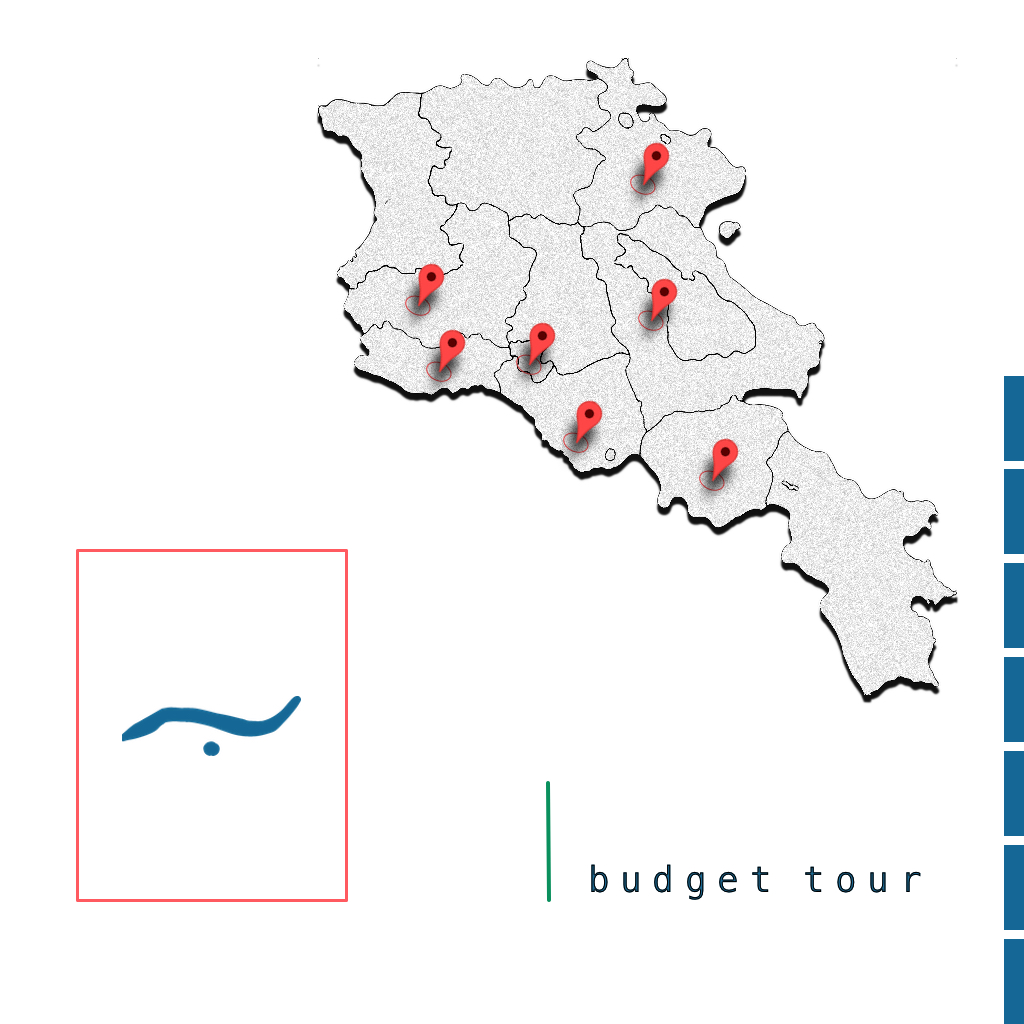

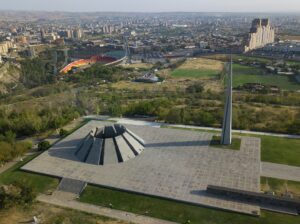
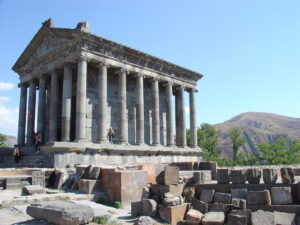
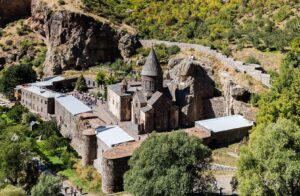
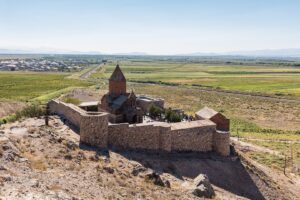
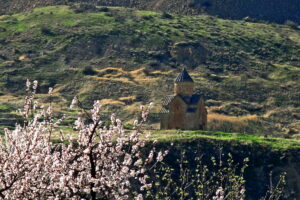
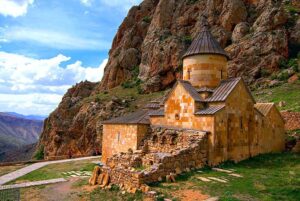
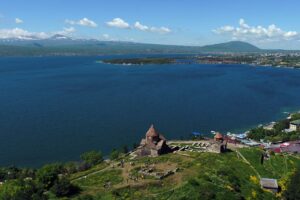
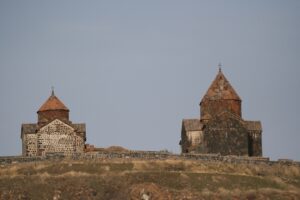
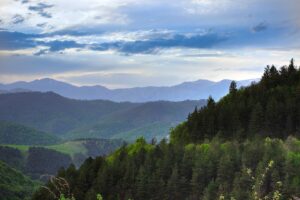
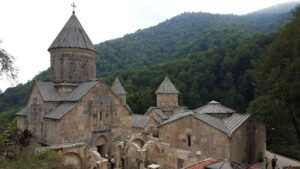
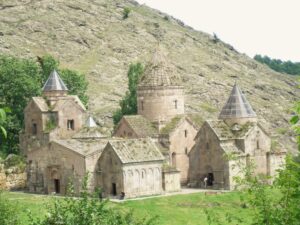
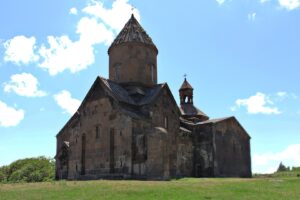
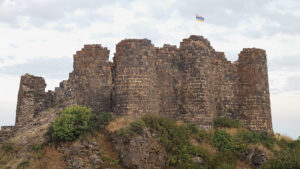
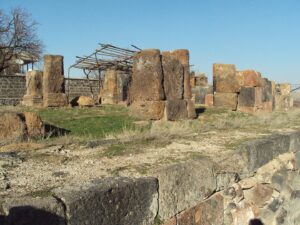
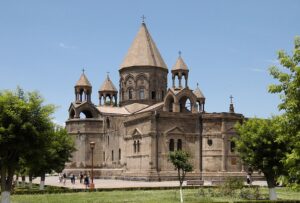
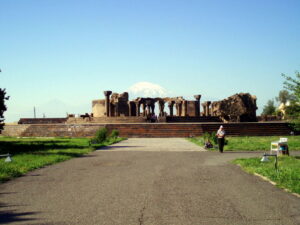
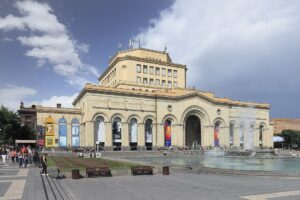
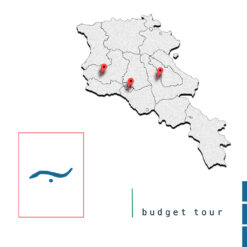
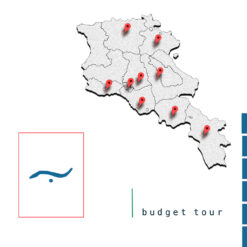
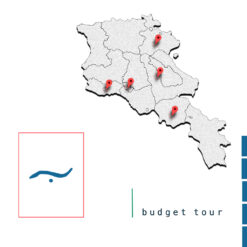







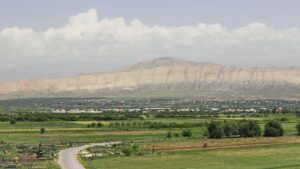
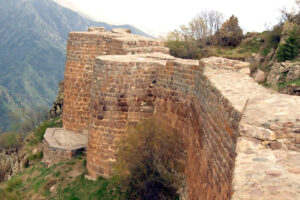
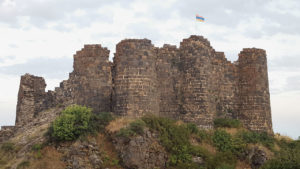
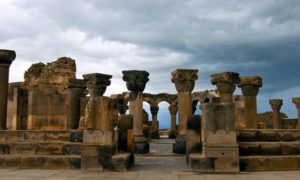
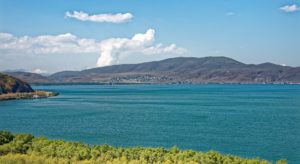
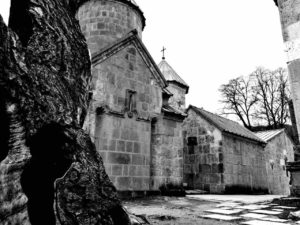
What others are saying
There are no contributions yet.